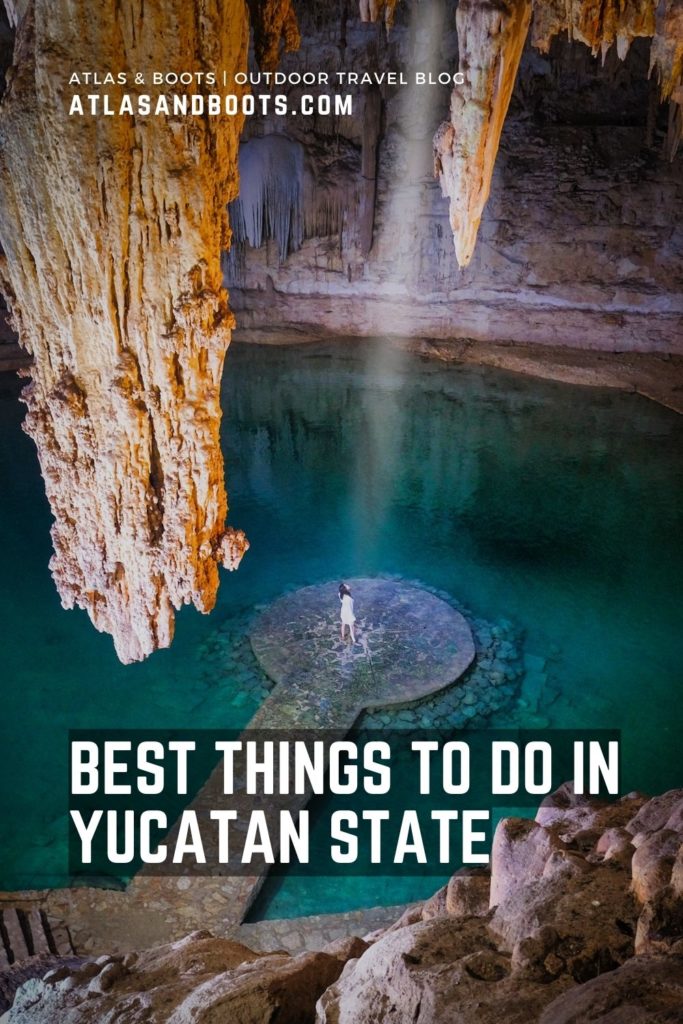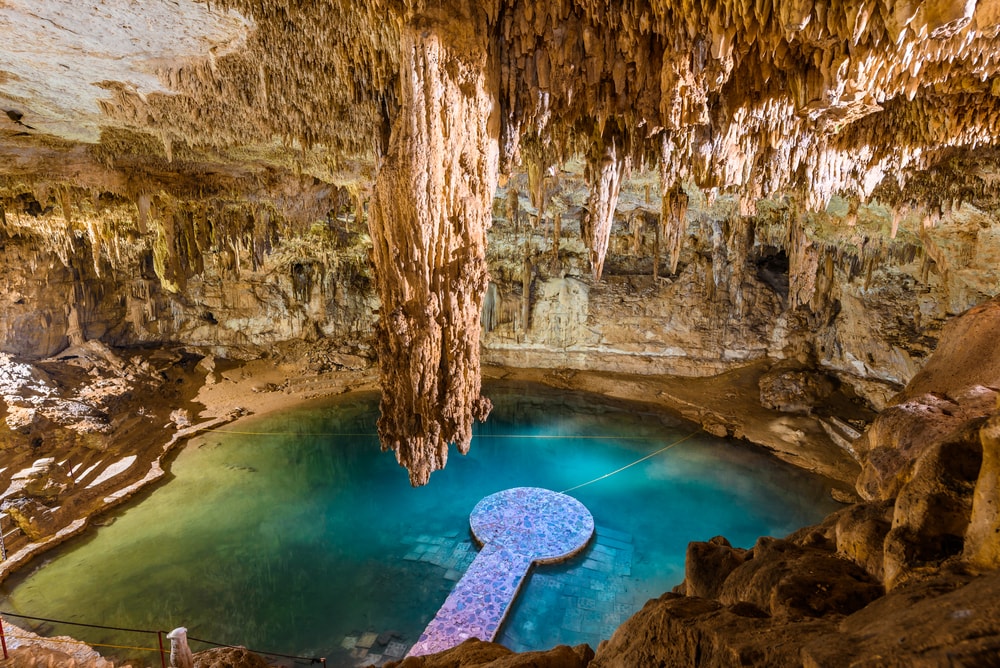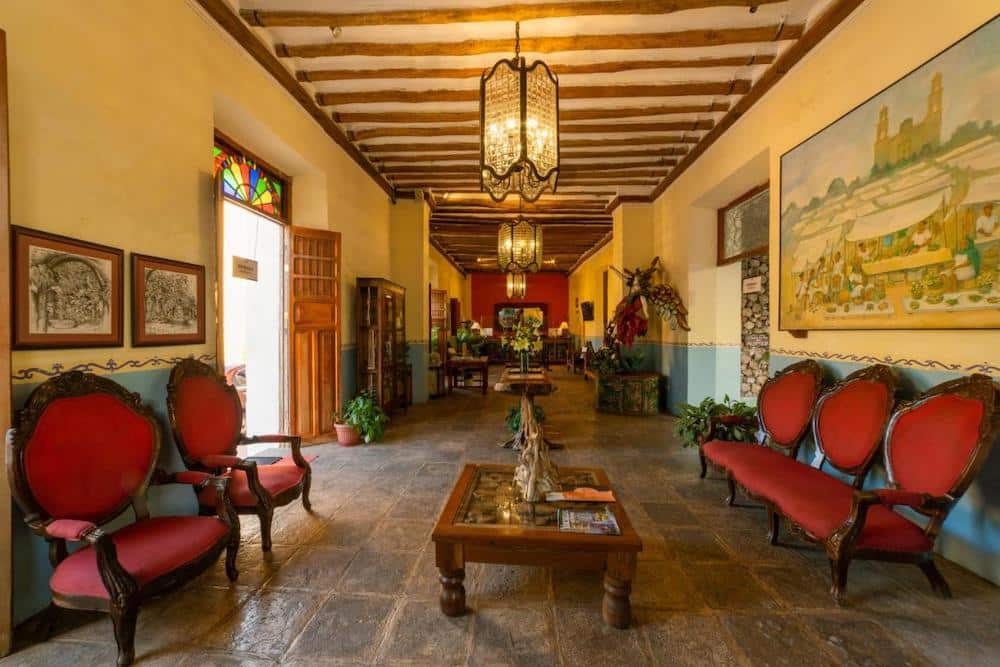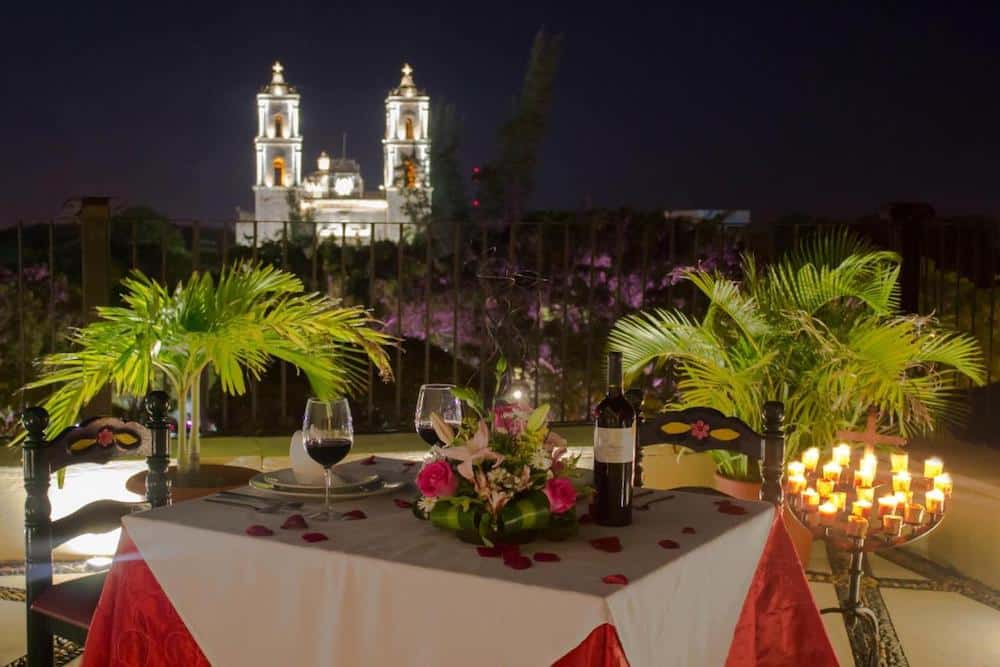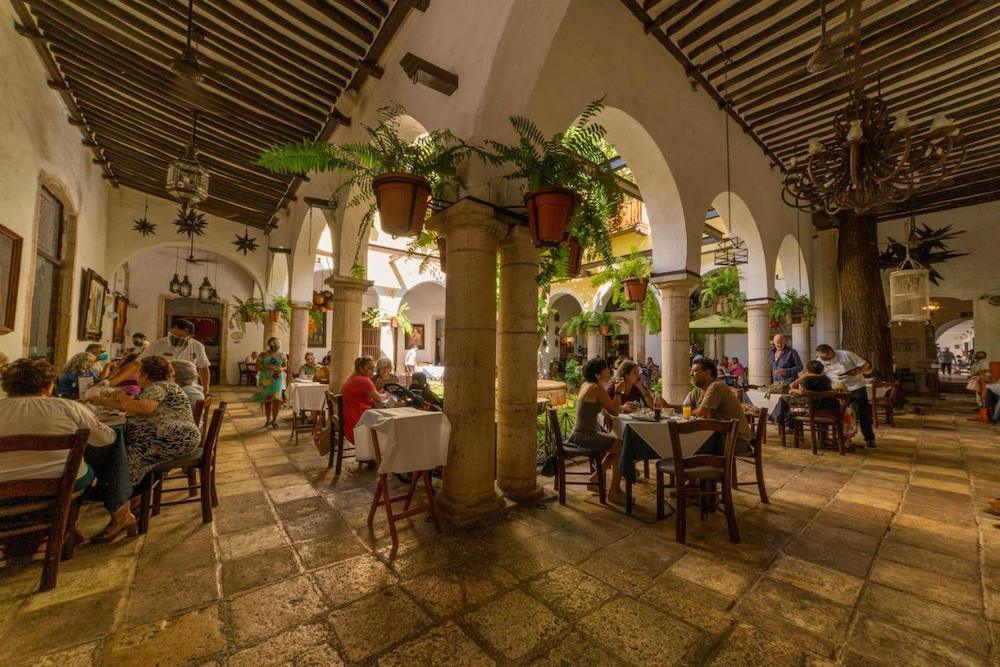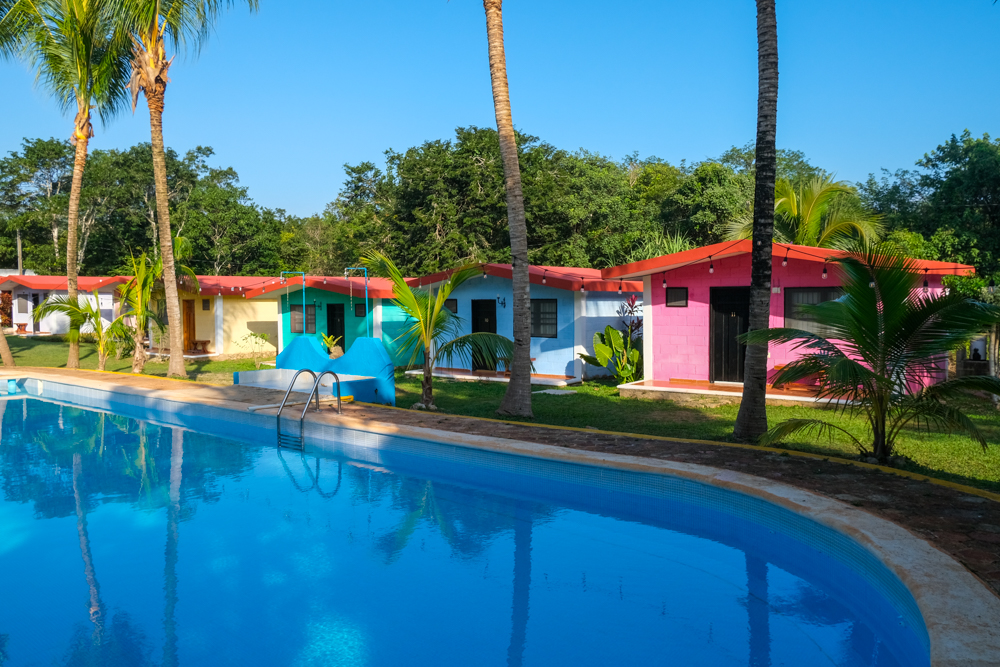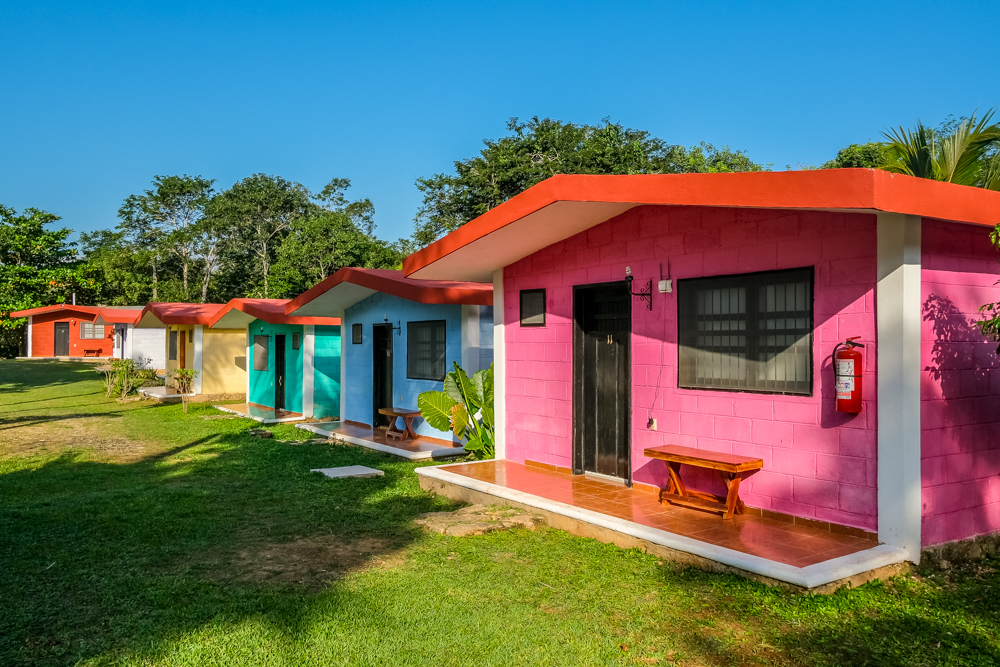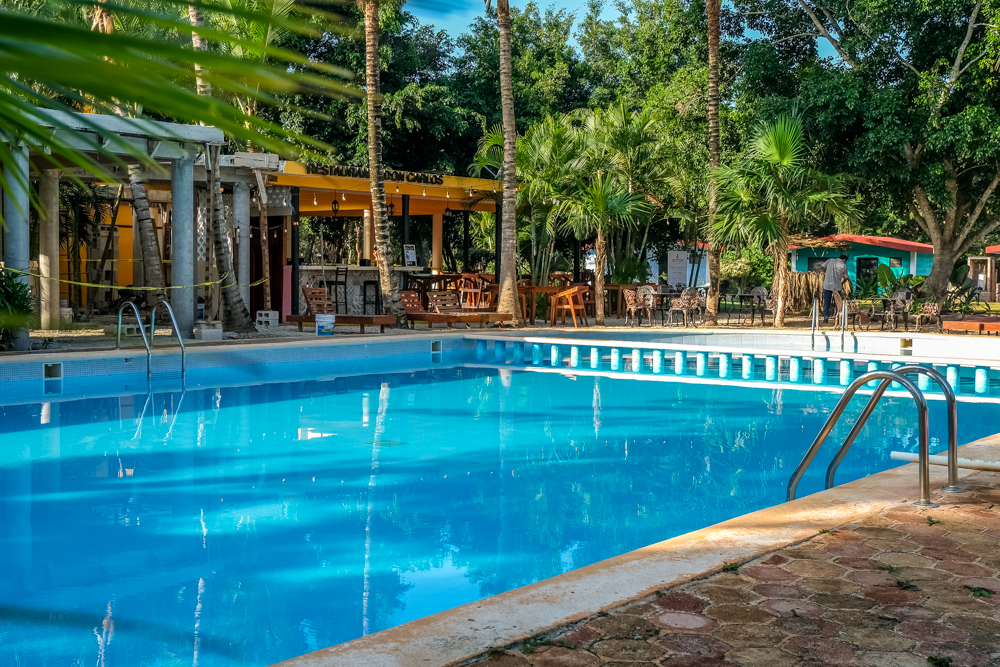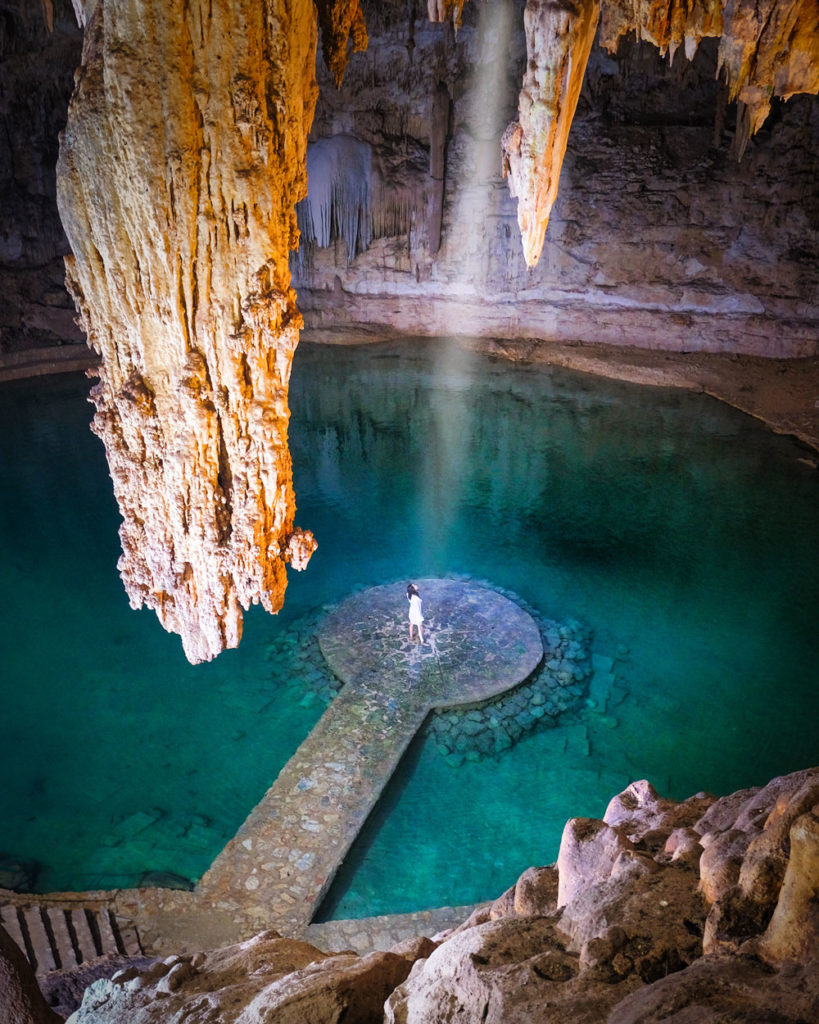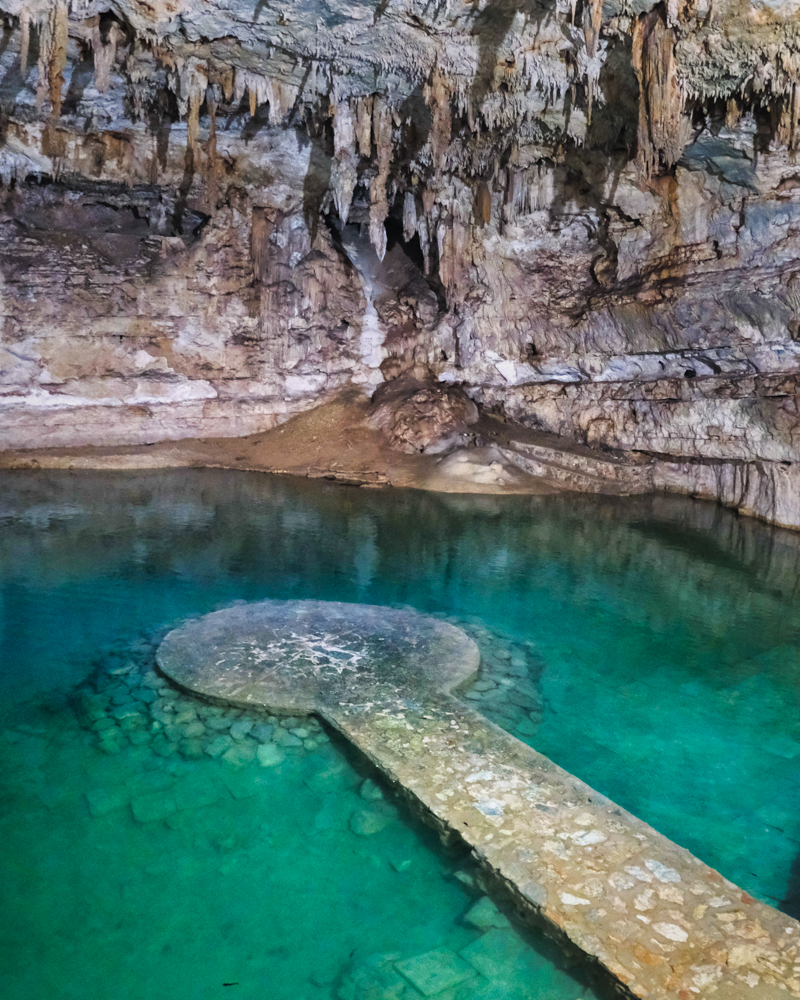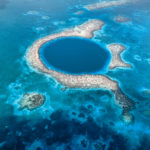From mystical Maya ruins to sun-soaked cenotes, our 4-day itinerary covers the best things to do in Yucatán State
We began our month-long trip through Central America in the Yucatán Peninsula in Mexico. It was my first visit to this part of the world and I was keen to visit the ancient Maya ruins of Chichén Itzá – my seventh world wonder – and to explore the region’s famed cenotes (freshwater sinkholes).
The Yucatán Peninsula comprises the Mexican states of Campeche, Yucatán and Quintana Roo as well as parts of Guatemala and most of Belize. The Mexican portion is one of the most visited destinations on the planet, but Yucatán State provides a refreshing change of pace from the more popular stops on the peninsula.
Of course, there are dazzling beaches, magnificent Maya ruins and plenty of cenotes, but the state also offers rich wildlife, charming colonial towns and a wide array of restaurants.
Things to do in Yucatán State
We spent three nights and four days exploring Yucatán State and have put together an itinerary of the quintessestial sights.
Contents
- Day 1: Arrive & drive to Valladolid
- Day 2: Río Lagartos & Valladolid
- Day 3: Chichén Itzá & Cenote Suytun
- Day 4: Cenote Suytun & Cenote Oxmán
- Best eSIM for travel in Mexico
- Best time to visit Mexico
- Is the Yucatán safe?
Day 1: Arrive & drive to Valladolid
Our flight from London landed at Cancún Airport in the afternoon. We picked up a rental car from Avis at the airport and drove 2.5 hours from the airport to Valladolid. Driving in the region is reasonably straightforward with traffic manageable outside of the city centres.
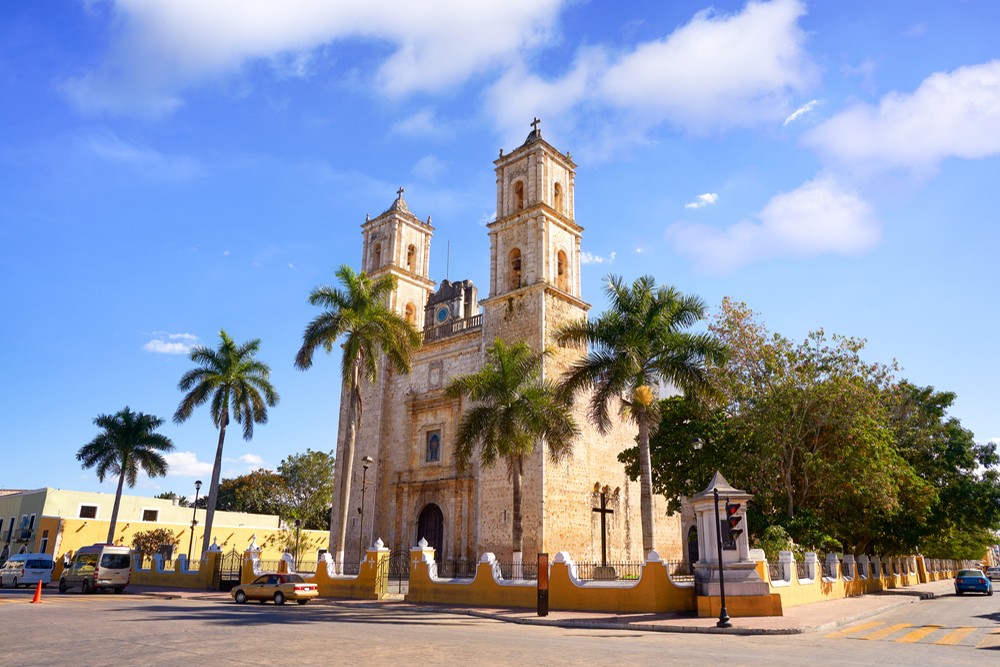
Quiet, intimate and pastel-hued Valladolid is the perfect hub for visiting Río Lagartos (1.5 hours away by car) as well as Chichén Itzá (45 minutes) and several cenotes including Suytun and Oxmán.
We stayed at the Hotel Mesón del Marqués in Valladolid. Set in the grounds of a gorgeous colonial-era 17th-century house, the hotel is located right on the main square with views of Iglesia de San Servacio, the imposing Catholic church at the heart of Valladolid. The hotel has large, cool rooms with an on-site restaurant and rooftop bar, but its main selling point is the pretty central garden where meals are served.
Day 2: Río Lagartos & Valladolid
After a slow breakfast at the hotel, we spent our first morning in Yucatán State exploring the mangrove-lined estuary of Río Lagartos, the ‘river of the lizards’. The UNESCO biosphere reserve is home to abundant birdlife and a visible population of crocodiles that gives the region its name.
We took a boat tour of the wetlands with Río Lagartos Adventures, run by local Diego Nuñez and his family. We saw several saltwater crocodiles, flocks of flamingos, a pod of dolphins, iguanas and several other bird species including herons, pelicans, storks and ibis. We also visited a pink lake, took a mud bath and dropped by a sandy beach for a dip. You can read more about the visit in our guide on how to visit Río Lagartos.
We used the rest of the day to wander around Valladolid which offers a slower pace of life compared to other cities in the region. The historic town centre is famous for its colonial architecture and colourfully-painted façades. The town’s centrepiece is the striking 16th-century Spanish church Iglesia de San Servacio.
The church overlooks the bustling Parque Francisco, by far the town’s most popular hangout. At night, the park really comes alive with Mayan street dancers and traditional music. We recommend grabbing an elote con mayo (corn with mayo) from one of the park’s vendors and some gelato from Wabi Gelato. We also dropped in for a cocktail and some nachos at the Mezcalería Don Trejo.
Day 3: Chichén Itzá & Cenote Suytun
On day 3, we checked out of our hotel in Valladolid and drove to Chichén Itzá, one of the New 7 Wonders of the World. The UNESCO-listed site is the most famous and best restored Maya sites in the Yucatán Peninsula.
At its peak, from around 550 to 1200 AD, the city of Chichén Itzá, meaning ‘at the mouth of the well of the Itza’, was home to as many as 50,000 people. The Itza were an ethnic group of Maya who had risen to power in the northern part of the Yucatán Peninsula. Occupying an area of nearly 10km2, the city was the centre of political and economic power in the region and one of the largest cities in the Maya world. You can find out more about what to see and do at the site in our blog post on visiting Chichén Itzá.
In the afternoon, we drove around 50 minutes and checked into Suytun Cenotes y Cabañas, a small family-run hacienda with a bar, swimming pool and motley collection of colourful cabins set amid lush gardens.
We popped down for a dip in the cenote which is one of the most photogenic in the Yucatán. Sunlight streams in from a hole in the ceiling and illuminates a circular platform at the end of a stone walkway. In the evening, we went into Valladolid for a meal at Condesa Cocina.
Day 4: Cenote Suytun & Cenote Oxmán
Due to its obvious Instagramability, Cenote Suytun can get busy with long queues for photos on the platform. During the day, lifeguards police how long visitors can spend having their photos taken. Each visitor gets around a minute to pose before a whistle is blown to signal that the next person can step up. While it makes for a great photo, it isn’t a particularly magical experience.
As such, we organised a private visit to the cenote for first thing the next morning. We were let in by a worker at the hacienda who left us alone in the cenote for around 30 minutes. Now, this was magical! We spent our time splashing around and exploring the waters and, of course, posing for the obligatory photos.
After breakfast, we had time to squeeze in another cenote so drove 15 minutes to Hacienda Cenote Oxmán. Here, we swung on the rope swings, crashed into the turquoise pool and floated on our backs while looking up at the jungle-framed sky as sunlight tumbled into the sinkhole. It was an idyllic end to our 4-day tour of the Yucatán.
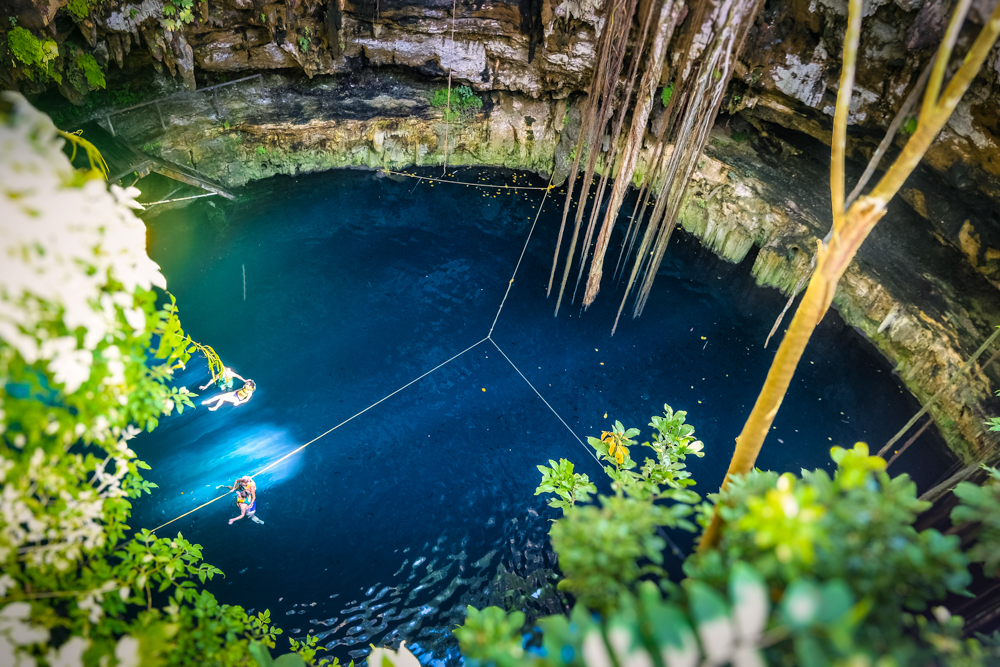
Moving on
We were moving on to Belize so we drove to Tulum to drop off our car and catch a bus to Chetumal. However, there is much more to explore on the wider Yucatán Peninsula so it’s easy to extend your trip.
If you would rather not drive, buses run between the major towns, cities and hubs in Yucatán, including Chichén Itzá, Valladolid and Cancún. Book tickets at Ado.com.mx.
Best eSIM for travel in Mexico
There are several providers to choose from, but based on our personal experience, the best eSIM for travel to Mexico is Holafly eSIM.
The Holafly eSIM comes with unlimited data plans in Mexico. While it did not allow for hotspot sharing, it did prove to be fast and reliable during our time in Mexico. There is, however, a regional eSIM for North America which does include the hotspot feature and allows you to connect in the United States, Canada and Mexico starting from €29 for five days of unlimited data.
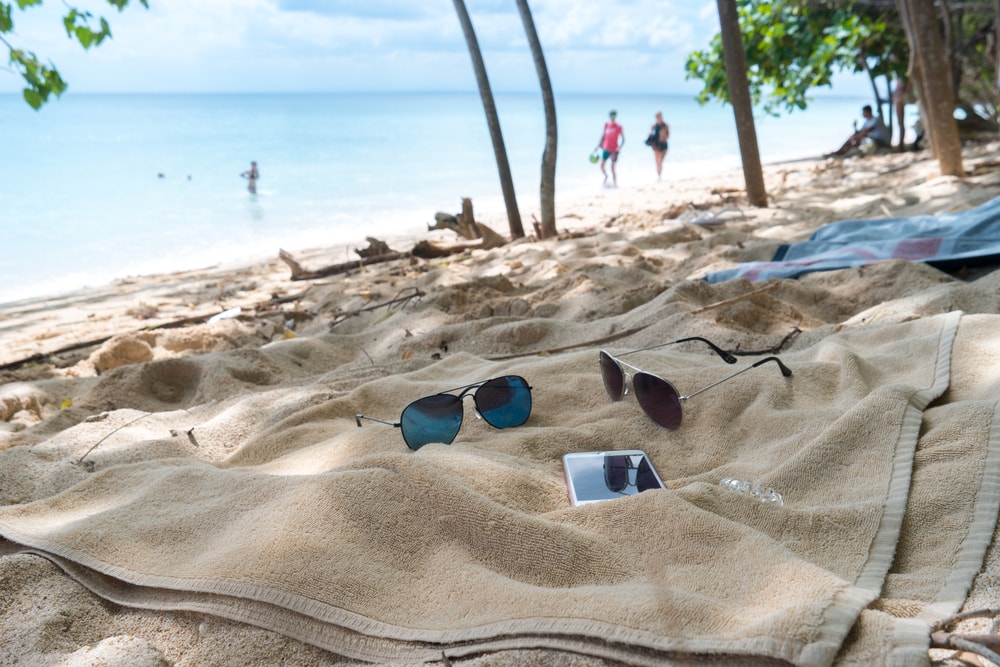
The Holafly eSIM comes in various packages based on the length of time you will be spending in Mexico and has dual SIM capability so you can continue using your physical SIM if you wish. Getting online is easy but if you do have an issue, they offer 24/7 chat help as well as lots of other eSIM support.
All packages include unlimited data. We can offer our readers 5% off all Holafly purchases. Simply use the code ATLASANDBOOTS at checkout.
- Unlimited data, 5 days: €19
- Unlimited data, 7 days: €27
- Unlimited data, 10 days: €34
- Unlimited data, 15 days: €47
- Unlimited data, 20 days: €57
- Unlimited data, 30 days: €69
- Unlimited data, 60 days: €87
- Unlimited data, 90 days: €99
Based on Trustpilot reviews (4.7 stars out of 5 stars), thousands of other travellers have had a positive experience with Holafly too.
When to visit the Yucatán
The best time to visit Mexico’s Yucatán Peninsula is from November to April when the weather is at its best. However, this also corresponds with peak season so expect crowds at the big sites such as Chichén Itzá. Accommodation will also be more expensive. The rainy season begins in June and lasts until October. May or October are the shoulder periods and will be less busy.
Is Yucatán safe?
When it comes to safety, Mexico suffers from bad press with headlines often focusing on the worst of the country’s violent crime, which is nearly always related to organised criminal gangs. While it would be remiss to gloss over the troubles the country faces, it is worth noting that Yucatán is the safest state in Mexico.
As with most major tourist destinations, petty crime and travel scams can be an issue in tourist hotspots such as Cancun and Playa del Carmen, but the vast majority of visitors to Yucatán won’t experience any trouble at all.
Enjoyed this post? pin it for later…
